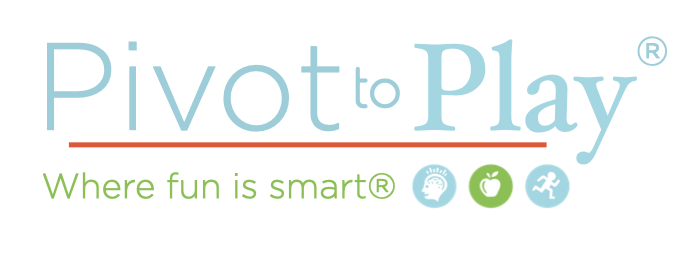Topic 5: What Can Be Done to Support the Vestibular System
Swinging, sliding, spinning, climbing and hanging upside down all help stimulate the vestibular system and cause the brain, eyes, balance and core to work together to feed the brain information on space, movement, gravity and sensory data, developing vestibular strength and fortitude to tackle the volumes of information the child will encounter as he grows.
Terrific activities to support vestibular development include:
- Riding a bike
- Swinging
- Rocking in a rocking chair
- Lying on a couch head down and looking at the ceiling
- Rhythmic bouncing or rolling on a large exercise ball
- Hoppy Balls
- Riding in a wagon or sled
- Pulling a child in a blanket
- Jumping on a trampoline
- Log rolling
- Sit and Spin
- Spinning in an office chair
- Scooter boards
- Dancing
- Marching
- Twirling
- Jumping rope
- Moving backwards
- Sliding
- Climbing on playground equipment
- Shaking the body
- Stretching the body
- Passing a ball over head and under legs
- Somersaulting
- Swimming
- Cartwheeling
- Obstacle Course: over, under, through soft and hard surfaces, balance
- Hanging upside down
- Inverted yoga poses
Though spinning is a terrific tool to supporting vestibular development, it does come with some nuances. It should be child driven so he can control the speed and when to stop, or if adult driven, starting slowly so the child can adjust. And for some children, spinning might not be a positive experience, with residual effects lasting up to 8 hours after a spinning experience. These effects can include a complete meltdown because the spinning itself was so overstimulating.
As a note for grown ups who haven’t practiced the art of spinning in a while, it can be pretty tough to lead a spinning activity initially. Not to worry, just like children, you can work up to it and participate fully in spinning games with practice!
